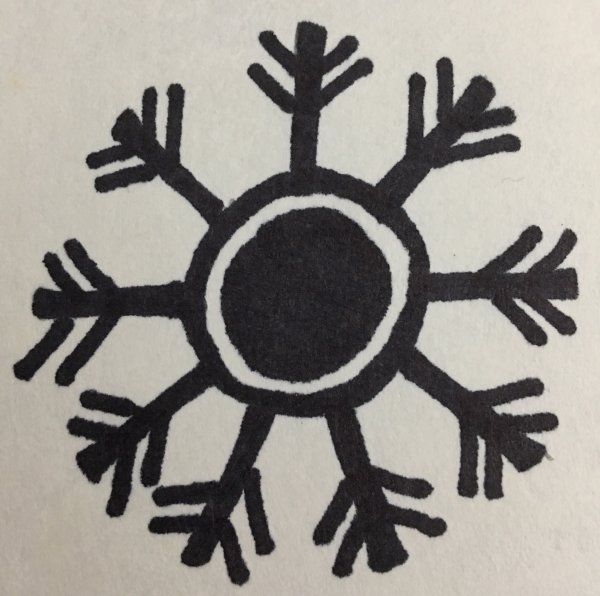Kobold birthing Treks
This is the first and most important rite of passage in a kobold's life. In kobold society, a kobold isn’t truly a kobold until he proved they can he survive the journey known in kobold society as “the birthing trek.”
Typically female kobolds in a tribe all lay their eggs at roughly the same time. kobolds believe strongly that it takes a tribe to raise a child. The females will deliberately mix their eggs up rather than take efforts to keep track of their own biological children. Eggs are buried in a shallow earthen nest left some distance from the tribe's current encampment. The mothers will then leave a pheromonal trail from the nest showing the way to their encampment.
After hatching, the infant kobolds will instinctively follow the pheromones back to their mothers and their extended tribal family. The infant kobolds will crawl their way home where will they will then be welcomed by their tribe and given names. By kobold tradition, a kobold is not fully hatched until he or she completes the birthing trek.
Many hatchlings die on this trek. Male kobolds will usually sweep an area for predators while the females are preparing the nest, but by tradition, as the soon as the last egg is buried, adult kobolds take no action to aid their hatchlings versus natural hazards. It is believed believed that the young kobolds need to succeed or fail on their own merits.
Kobold tribes will their trekking hatchlings if one or more intelligent creatures is deliberately interfering with a birthing trek. In fact, if there is even a vague hint of an outside force interfering with a birthing trek is going to earn the fierce enmity of the tribe forever.
Even if two kobold tribes are fierce rivals, they would never dream of interfering with another tribe's birthing trek.
It is considered auspicious to either be the first hatchling to make it to camp or be the last hatchling. Either way the young kobold is considered to be destined for greatness. The first kobold is said to be blessed with strength and courage while the last kobold is said to be blessed with tenacity. It is the case the early completers of the trek tend to be bigger and stronger than their nest mates on average while late completes of the trek tend to be far more likely to be artists, innovators, or sorcerers
Tiamalan kobolds believe in numerology and give a special precedent to lucky numbers they view as likely to be a favored soul or parent of a future favored. If it's third year of the Zodiac cycle, they will tend to considered the third hatchling to arrive as blessed. If it's the fifth year of the Zodiac cycle the fifth hatchling will be considered blessed, etc. A lot of Tiamalan kobolds have their birthing trek order number as part of their names.
Some tribes with set territories use the same camp site and nest site generation after generation (especially common with the Laershin kobolds while most other kobold tribes have to hastily improvise based on the situation when their females are near laying time.
A kobold tribe that has recently suffered severe casualties may choose a shorter birthing trek to shore up their numbers. Since the Gilgren kobolds live the most violent lifestyles and have the most enemies, they frequently set short birthing treks routinely. The Tiamalans and Laeshin consider this somewhat scandalous and will blame any faults they see in Gilgrens on their weak birthing treks producing kobolds weak in mind and body.
History
All three major kobold ethnicities practice the birthing trek with very little variation between them. The birthing trek seems to be one of the few rituals they have that predate when the three groups diverged.
While the kobolds claim they always did this. Some dragons say that in the the First Age that kobolds were overpopulated and breeding like vermin overtaxing the support capacity of their lands forcing them to adopt this practice...or a perhaps a dragon imposed this form of population control on them and it became a part of their culture after generations of repetition.
Primary Related Location
Related Ethnicities


Comments